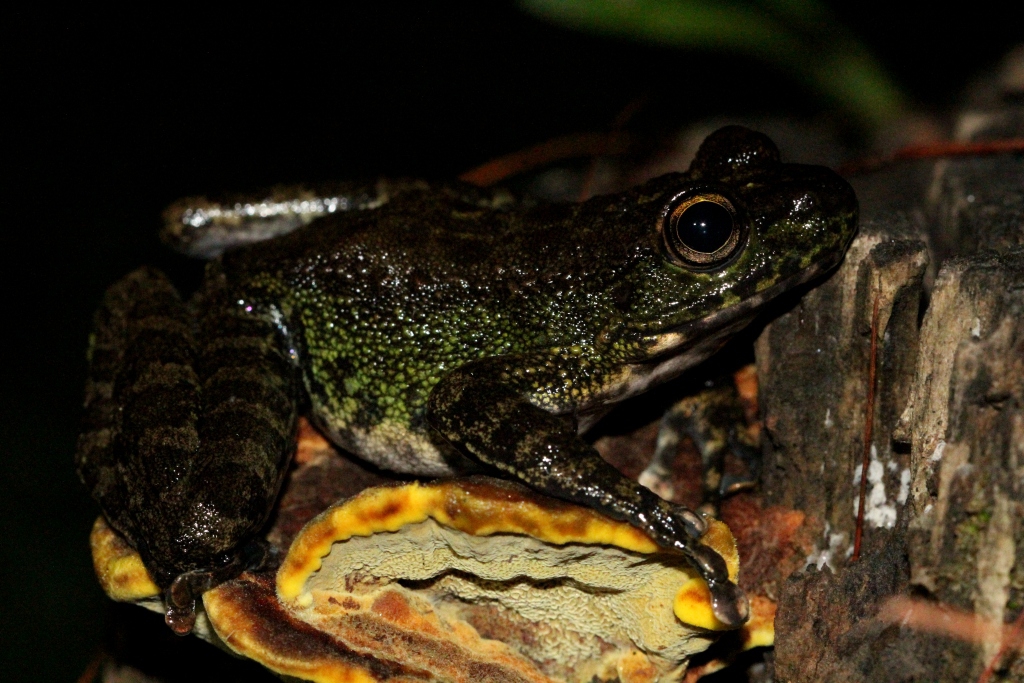| Citation |
|
Description |
Geographic Range [top]
Range Description: This species is reported from northeast India (Arunachal Pradesh, Assam, Mizoram, Tripura, Meghalaya and Nagaland), Nepal, Bangladesh (Khagrachari Hill-district), Bhutan through northern Myanmar (Smith, 1940) and Tenasserim (latopalmatus-Boulenger, 1882) and northern Thailand (Taylor, 1962) to western Yunnan (Longchuan) and southern Xizang (in disputed territory between China and India), China. It is found between 100-2,000m asl.
Countries occurrence:
Native:
Bangladesh; Bhutan; China; India; Myanmar; Nepal; Thailand
Additional data:
Range Map: Click here to open the map viewer and explore range.
Population [top]
Population: It is reportedly relatively common in appropriate habitat throughout most of its range, although in Yunnan, China it is considered very rare and is known from only one specimen and a few field observations.
Current Population Trend: Decreasing
Additional data:
? Population severely fragmented: No
Habitat and Ecology [top]
Habitat and Ecology: It inhabits waterfall areas, bedrock and boulders in torrential perennial streams in evergreen forest. Breeding takes place within the streams and tadpoles inhabit the same streams as adults.
Systems: Terrestrial; Freshwater
Threats [top]
Major Threat(s): It could potentially be threatened by systemic impacts such as hydrological changes or massive forest destruction, but it appears to be generally secure in ecologically functional forest. Some populations might be declining due to loss of habitat from agricultural pollution and the construction of dams.
Conservation Actions [top]
Conservation Actions: Viable populations of this species inhabit several protected areas throughout its range. Monitoring and natural history/conservation biology studies are desirable but are not currently necessary for the species survival. It is protected by national legislation in India.
Citation: Peter Paul van Dijk, Tanya Chan-ard, Sabitry Bordoloi, Mohini Mohan Borah, Ghazi S.M. Asmat. 2004. Amolops marmoratus. The IUCN Red List of Threatened Species 2004: e.T58221A11751482. http://dx.doi.org/10.2305/IUCN.UK.2004.RLTS.T58221A11751482.en. Downloaded on 19 October 2018.
Disclaimer: To make use of this information, please check the .
Feedback: If you see any errors or have any questions or suggestions on what is shown on this page, please provide us with feedback so that we can correct or extend the information provided
|

